[ad_1]
When Was Indoor Plumbing Invented?
Indoor plumbing is essential to our everyday lives, allowing us to have clean water and efficient waste disposal systems in our homes.
But have you ever wondered when indoor plumbing was first invented?
Join us as we take a fascinating journey through history to discover the origins of this incredible innovation.
? Introduction to the History of Indoor Plumbing
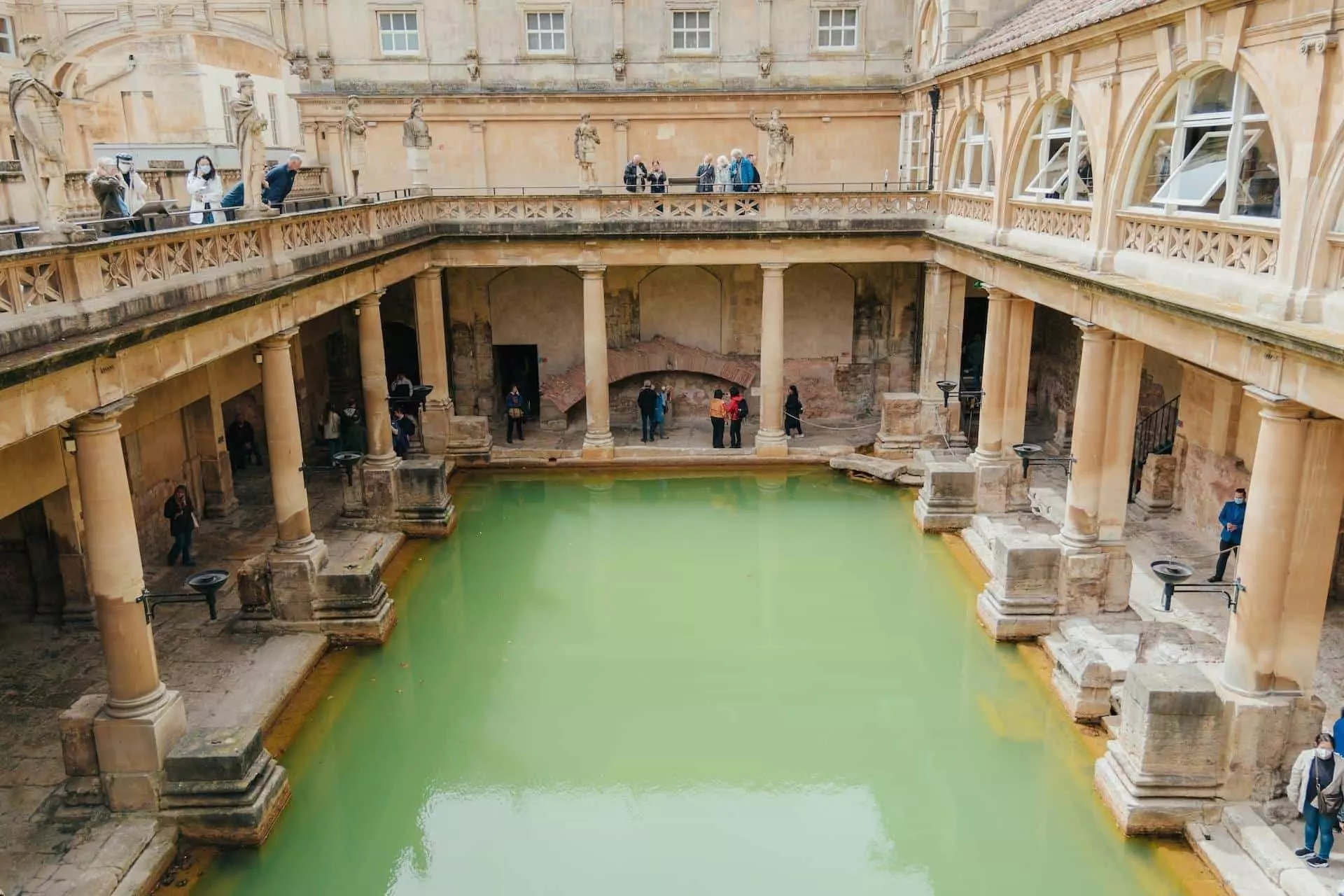
Indoor plumbing has been a crucial component of human civilization for centuries, revolutionizing how we live and improving public health standards.
In this article, we will explore the timeline of indoor plumbing and delve into significant milestones along the way.
Before the advent of indoor plumbing, people relied on various methods to meet their sanitation needs.
Public bathhouses and communal latrines were the norm in ancient civilizations like the Indus Valley and Ancient Rome.
These facilities were often elaborate, featuring intricate systems of aqueducts and sewage drains.
However, it wasn’t until the 19th century that indoor plumbing as we know it today began to take shape.
The Industrial Revolution brought about significant technological advancements, leading to the development of more efficient and accessible plumbing systems.
? The Dawn of Indoor Plumbing
The story of indoor plumbing began thousands of years ago in ancient civilizations, where innovative methods were employed to provide water and sanitation solutions.
While these early systems were not as sophisticated as our current technologies, they laid the groundwork for future advancements.
In civilizations such as the Indus Valley and ancient Egypt, people constructed intricate networks of canals and aqueducts to transport water to their cities.
These ingenious structures demonstrate the early human desire to bring water closer to where people lived and worked.
Furthermore, the ancient Romans are renowned for their expertise in hydraulic engineering.
They developed an elaborate system of aqueducts, sewers, and public baths, proving their unparalleled mastery in providing water and sanitation services on a grand scale.
? The Minoan Society and Their Contributions

Before the Romans, the Minoan civilization on Crete’s island significantly contributed to indoor plumbing.
Around 2000 BCE, the Minoans introduced indoor clay pipes used for drainage and water supply.
They also constructed sophisticated flushing toilets in the grand palaces of Knossos and Phaistos.
This advanced plumbing system showcased the Minoans’ understanding of gravity and hydraulics, enabling efficient waste disposal and clean water supply.
Their breakthroughs laid the foundation for future innovations in plumbing technology.
? The First Indoor Flushing Toilet
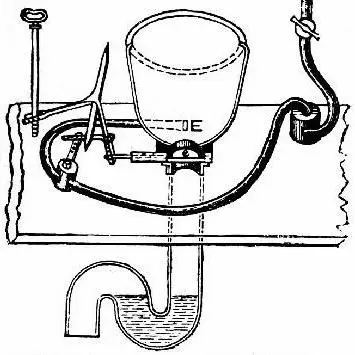
While the Minoans created the concept of the flush toilet, it was not until the late 16th century that the first flushing toilet came into existence.
In 1596, Sir John Harrington, a godson of Queen Elizabeth I, invented the “Ajax,” a revolutionary device that used water to flush waste away.
Despite Harrington’s ingenious invention, it was not widely adopted, and the flush toilet remained a luxury for the wealthy and influential members of society.
Flushing toilets would take several more years to become commonplace in households worldwide.
? The Tremont Hotel: A Milestone in Modern Plumbing History
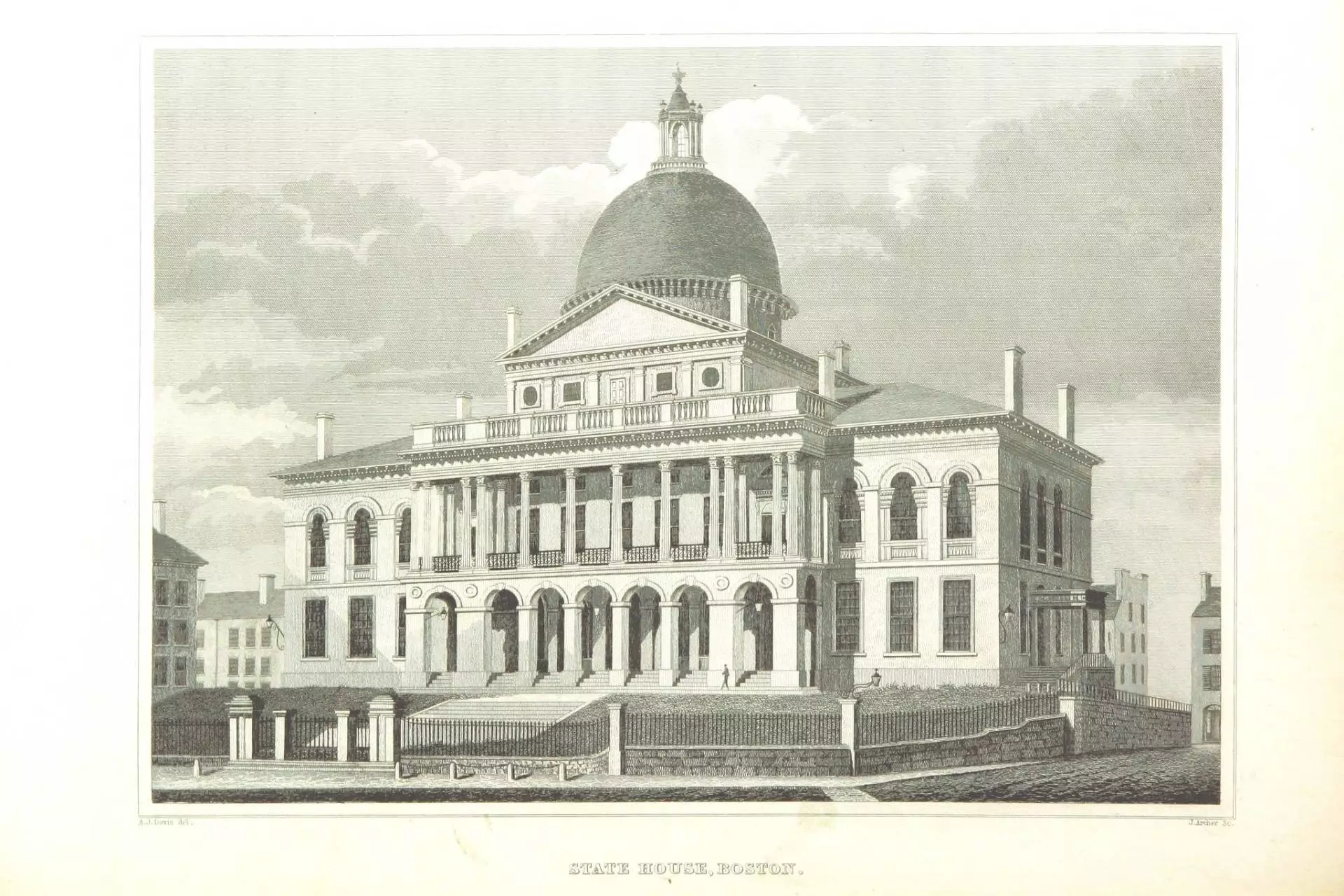
Fast forward to 1829, when the Tremont Hotel opened in Boston, Massachusetts, marking a significant milestone in plumbing history.
This grand establishment became the first hotel in the United States to feature indoor plumbing systems, including running water and indoor toilets.
Isaiah Rogers and Charles Bulfinch designed the Tremont Hotel’s innovative plumbing system.
Their groundbreaking contribution to plumbing set a precedent for future hotels, making them more desirable and convenient for guests.
As the 19th century progressed, plumbing continued to evolve.
In 1855, the first public water supply network was established in Chicago, providing residents with clean water and improving public health. This achievement paved the way for the widespread implementation of plumbing in homes and buildings nationwide.
The early 20th century brought further advancements in plumbing technology. In 1907, Thomas Crapper introduced the siphonic flush system, which significantly improved the efficiency of toilets.
This innovation allowed for more effective waste removal and reduced water consumption, making modern plumbing systems even more sustainable.
? The Invention of the Mechanical Shower
While the first flushing toilet was undoubtedly a game-changer, it was not the only significant advancement in indoor plumbing systems.
In 1767, William Feetham invented the mechanical shower, a device capable of delivering a refreshing stream of water with just a turn of a handle.
Feetham’s invention provided an alternative to traditional bathing methods, making personal hygiene more accessible and convenient.
The mechanical shower laid the groundwork for modern shower systems that we enjoy today, demonstrating the ever-evolving nature of plumbing technology.
? The Need For Sanitary Plumbing and Sewage Systems
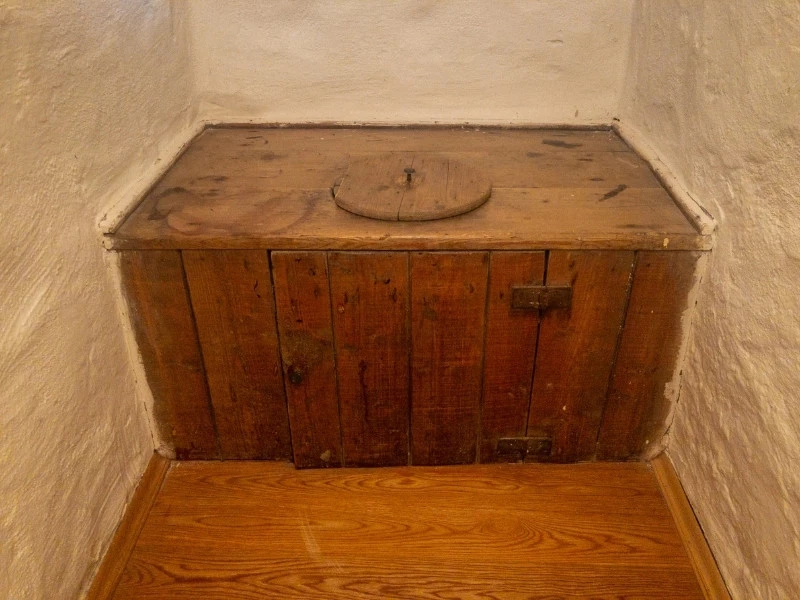
Sanitary and sewage systems are essential for maintaining public health, protecting water resources, and conserving the natural environment.
They help prevent the spread of waterborne diseases by safely transporting and treating wastewater.
Before the widespread adoption of these systems, diseases such as cholera and typhoid were prevalent, leading to significant public health crises.
Today, our comprehensive sewer system plays a crucial role in removing harmful substances from wastewater, preventing contamination of water bodies, and reducing the risk of disease outbreaks.
They also aid in conserving the natural environment by ensuring appropriate liquid waste disposal.
Remember, a well-maintained sewage system is key to a healthy home and community.
? Modern Indoor Plumbing: The Flush Toilet and Beyond
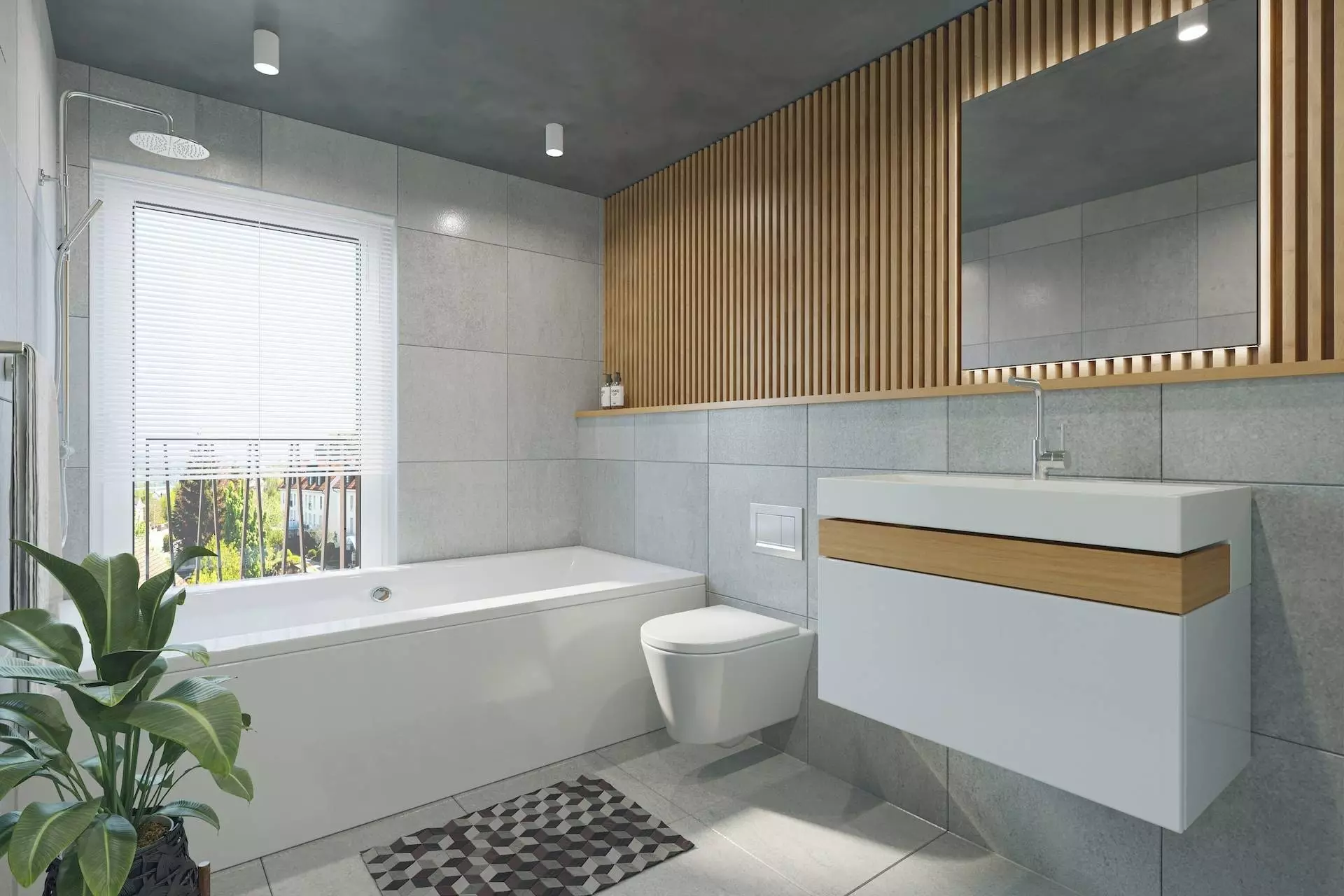
With the Industrial Revolution’s advent and manufacturing advancements, the flush toilet and other plumbing fixtures became more accessible to the general public.
In the late 19th and early 20th centuries, mass production techniques allowed the construction of affordable plumbing systems.
The development of clay sewer pipes, cast iron plumbing fixtures, and the implementation of venting systems brought us closer to the modern comforts we have today.
These innovations improved sanitation, reduced the spread of diseases, and transformed how we interacted with water within our homes.
? The Prevalence of Indoor Plumbing in the USA
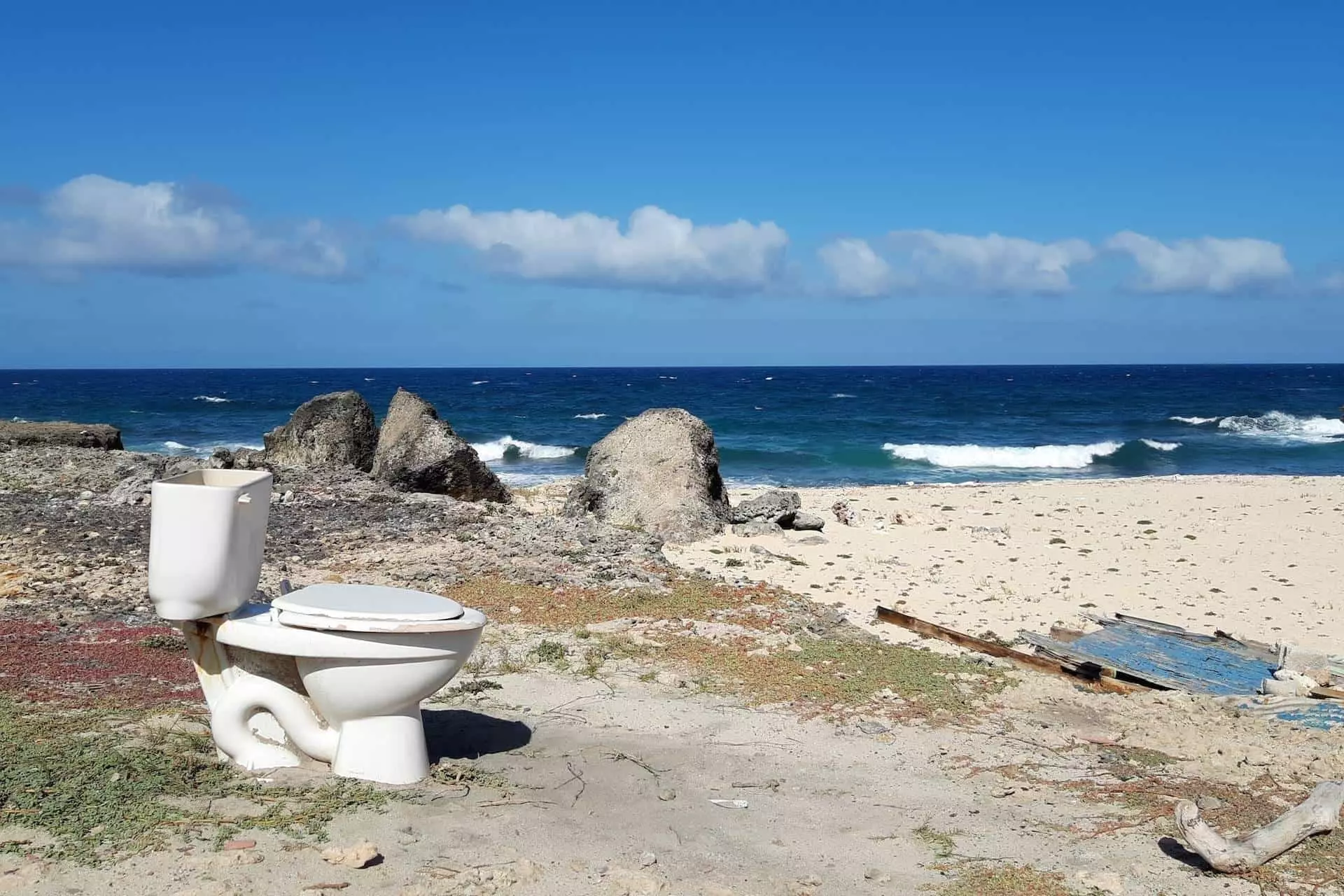
Today, indoor plumbing is commonplace in homes across the United States.
According to the United States Census Bureau, as of 2019, approximately 99.6% of households in the country have access to complete plumbing facilities.
This astounding adoption of plumbing is a testament to its critical role in our daily lives.
Whether it’s a simple act of turning on a faucet for clean water or flushing a toilet, we owe a debt of gratitude to the countless inventors, engineers, and visionaries throughout history who shaped the world of plumbing.
? Frequently Asked Questions

? How Did People Wipe in Outhouses?
Back in the days of outhouses, people used whatever was handy and biodegradable for wiping.
Common materials included leaves, grass, hay, stones, corn cobs, and even old newspapers.
It wasn’t until the mid to late 19th century when commercially produced toilet paper became widely available
? When Did Humans Start Wiping Their Own Bottom?
Humans began to prioritize personal hygiene with the advent of early civilizations.
However, the exact practice of wiping one’s bottom is hard to trace.
Materials like leaves, moss, and water were likely utilized.
The introduction of toilet paper in the late 19th century revolutionized this aspect of personal hygiene.
? When Was Toilet Paper Invented?
Toilet paper was first introduced in the late 19th century.
The American entrepreneur Joseph Gayetty deserves a tip of the hat for this.
He commercialized the first packaged toilet paper in the United States in 1857.
? How Bad Was Hygiene in Medieval Times?
Contrary to popular belief, people in the Middle Ages did value cleanliness.
They used water, herbs, and simple soaps for bathing.
However, they lacked the understanding of germs we have today.
So, while their practices might not meet modern standards, remember they did the best with what they had.
? What Percentage Of The World Does Not Have Indoor Plumbing?
Today, around 60% of the world’s population still lacks access to safely managed sanitation services, including indoor plumbing.
This shows how important it is for us to appreciate our amenities and strive for sustainable solutions accessible to everyone, everywhere.
? Conclusion

Plumbing has come a long way since its humble beginnings in ancient civilizations.
From the Minoans’ innovations to the modern era’s flush toilets and mechanical showers, humanity’s quest for improved water management and sanitation has resulted in extraordinary advancements.
As we continue to embrace new technologies and seek sustainable solutions for the future, it is essential to reflect on the incredible journey that brought us to this point.
Modern plumbing has undoubtedly transformed our lives, making our homes more comfortable, hygienic, and efficient.
So, the next time you turn on your faucet or flush your toilet, take a moment to appreciate the centuries of human ingenuity that have shaped the world of indoor plumbing.
Learn more about your home’s plumbing with our extensive residential plumbing guides!
? Related Reading: DIY Guide to 15 Common Plumbing Problems & Solutions
[ad_2]
Source_link


